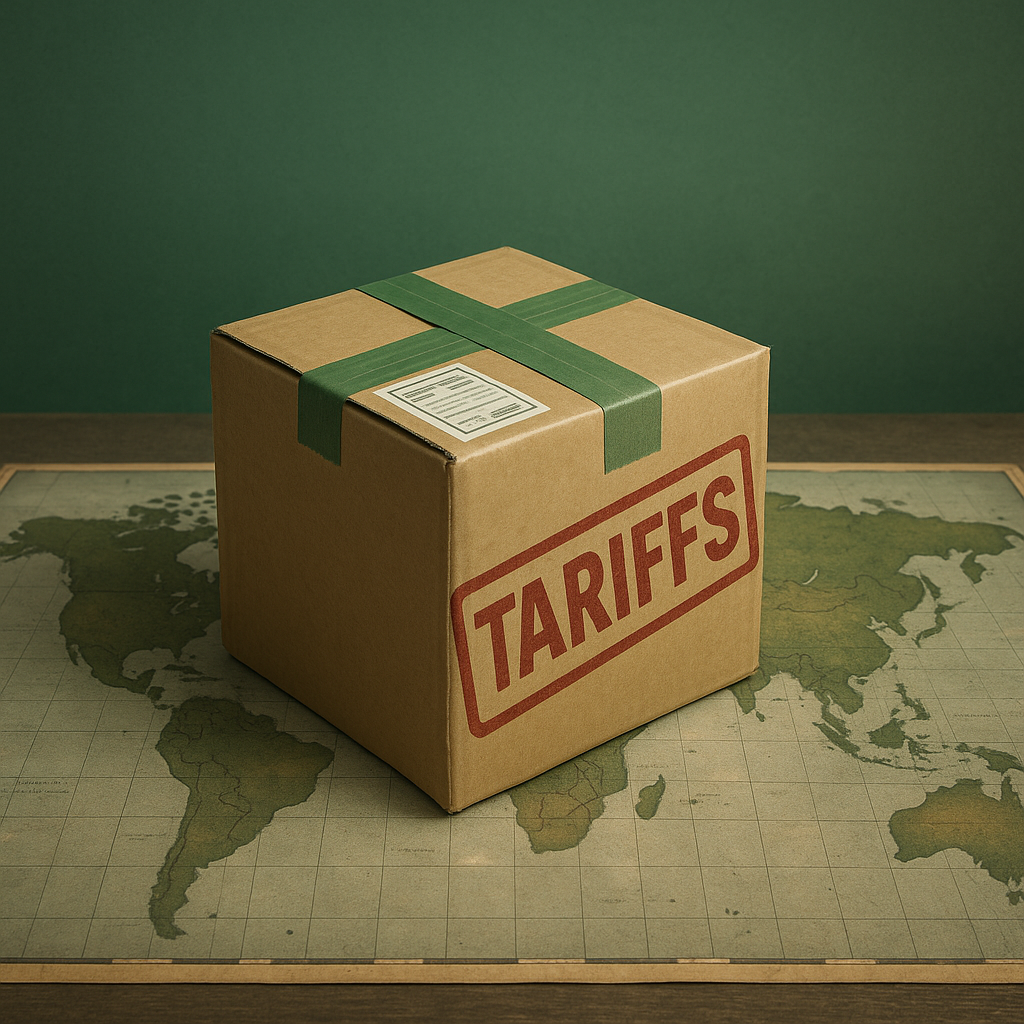As of May 2, 2025, the U.S. officially slammed the door shut on the de minimis loophole—a rule that let packages under $800 cruise across borders duty-free. Now? Every. Single. Parcel. Pays. Up. That means more tariffs, more paperwork, and more headaches for ecommerce brands, logistics firms, and consumers who suddenly realize that $7 knickknack might come with a $10 customs bill.
Fast forward to today and the data is rolling in: ecommerce, global shipping, and sourcing strategies are already shifting hard.
What the Data Says About Tariffs on Low-Value Imports
With the new tariffs—up to 145% initially, later reduced to ~30% for most goods—targeting low-value Chinese imports, the global logistics industry has taken a direct hit:
- Reuters recently reported a 10.7% drop in Asia–North America air cargo volume for May—just weeks after the policy kicked in.
- Ecommerce shipments under $800 fell 43% in May compared to the same time last year, and this drop crept into June.
What’s the message behind the numbers?
Air cargo is the heartbeat of high-frequency commerce, and a 10.7% drop between Asia and North America in just one month is a red flag. Retailers are hitting pause on inventory imports, rerouting around tariff-heavy lanes, or just waiting it out. Meanwhile, freight carriers and logistics firms are feeling the squeeze and may soon pass the pain on via capacity cuts or price hikes.
Just as problematic is the 43% plunge in low-value ecommerce shipments (under $800)—the bread and butter of DTC cross-border selling. That kind of nosedive screams one thing: the party’s over for tariff-free mini parcels. What’s happening?
- Consumers are noping out at checkout when surprise fees appear
- Sellers are pulling SKUs that no longer make margin
- Or—let’s be real—it’s both
Bottom line: this isn’t a blip. It’s a fast, full-blown reset of global ecommerce economics and brands are being forced to rethink everything, from fulfillment to pricing to market mix.
China’s Plot Twist: Exit, Stage Southeast Asia
If you thought Chinese exporters would sit back and take it, think again. Exporters in China wasted no time. By June and into this month, analysts began seeing a rerouting surge as an effort to circumvent U.S. tariffs by shipping via intermediary countries. In a July 8, 2025 report, the Financial Times detailed how exports through Southeast Asia jumped 25–30%, especially via Vietnam, Thailand, and Indonesia
It’s not exactly rule-breaking, but it’s definitely—how shall we say—”rule-innovating.” And it’s already redrawing and reshaping trade routes in real time.
Tariff Reality = Digital Transformation Trigger
This all isn’t just a shipping issue, it’s a fundamental business model reset. The old model of “ship cheap and fast from overseas” just got buried under a pile of duty invoices.
For ecommerce companies, this moment forces a serious strategic pivot:
- Pricing recalibration: Landed cost needs to be clear before the customer clicks “buy.” Surprise tariffs kill conversion.
- Cart-to-door transparency: The brands winning now are the ones showing shipping, tax, and duty totals upfront.
- Customs compliance: Every product needs an accurate classification and documentation trail. Errors = delays, fees, and unhappy customers.
- Smarter inventory positioning: Strategically stocking goods in-region to skip cross-border duties altogether is no longer a luxury, it’s the difference between profit and pain.
A Global Shipping Winner
The shipping world is shifting, too. On July 9, 2025, MarketWatch reported that Global Ship Lease (GSL) should get a boost from these tariffs. The analyst reported that Global Ship Lease (GSL) is up 23.6% in 2025, outperforming the S&P 500, due to increased demand for flexible, mid-sized container ships .
Why? Because major players are bogged down with rigid infrastructure. Agility is now a premium.
Welcome to the Real World
So here we are, in a world where cross-border ecommerce is more regulated and competitive than ever, and the brands that adapt quickly to new costs, new routes, and new expectations will define the next phase of global retail.
Looking for help navigating it? That’s what we’re here for.

